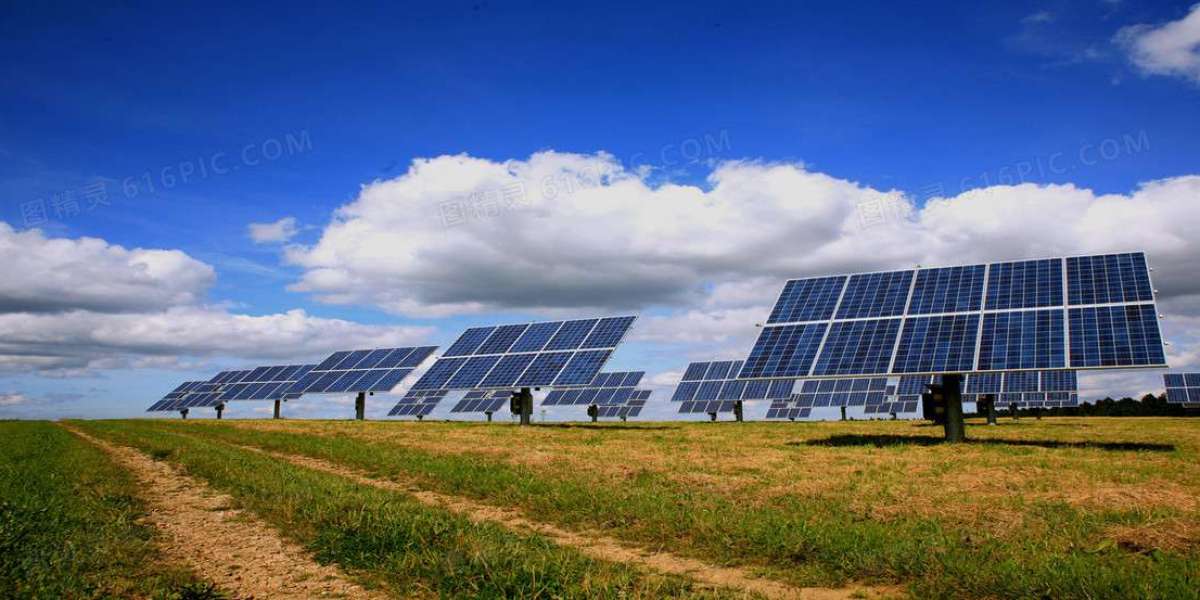In recent years, batteries for solar panel have received more and more attention from researchers, and have developed rapidly with bright prospects. In addition to the traditional crystalline silicon used in the preparation of solar cells, thin film solar panels are now also developing in full swing, then what are the thin film solar cells? How do they perform? Follow the editor to have a look!
With the development of basic science, the performance of solar panels has also been greatly improved. Thin-film solar panels are becoming mainstream. Compared with traditional silicon solar panels, it has better flexibility, broadens the application field of solar cells, and can be seamlessly connected to the structural design of your home!
The difference between traditional solar panels and thin film panels
The most obvious difference between the two is the thickness, which leads to the difference in solar energy capture efficiency between traditional solar panels and thin film solar cells, because of the difference in materials, thin film solar cells use different compounds.
Traditional solar panels use crystalline silicon (c-Si), a technology that has been developed for years and is relatively mature and reliable. It is worth noting that although c-Si has a high energy conversion efficiency, the actual absorption efficiency is poor, which means that the solar panel must be thick enough to improve the actual efficiency.
In contrast, thin-film technology can "mix and match" a variety of elements, about 350 times thinner than traditional solar panels, by coating or depositing on the surface of glass, metal, plastic and other materials. In this way, different types of materials can make full use of light energy and improve efficiency.
Amorphous silicon (a-Si)
Amorphous silicon is one of the earliest and most mature applications for thin-film solar cells. This may be because crystalline silicon has long been used in traditional solar cells, and the properties of silicon electrons are well understood.
Advantages:
Unlike crystalline silicon, amorphous silicon has a high solar energy absorption rate, which makes it possible to make thin film structures, and also effectively reduce the cost. Due to its abundant raw materials, non-toxic, inexpensive characteristics, amorphous silicon quickly became the first film method, into the mainstream.
Cons:
Because of its low conversion efficiency, most of them only appear in small-scale, flexible electronic products.
I believe the collation of this article will help clarify what thin film solar panels are and the advantages and disadvantages of their photoelectric conversion.
As these technologies mature, they are bound to become extremely competitive products. For the use of solar energy, there are now alternative processes and methods. For example, solar roof tiles can beautify your home and save energy costs. Let's look forward to the next development and innovation of solar cells!








